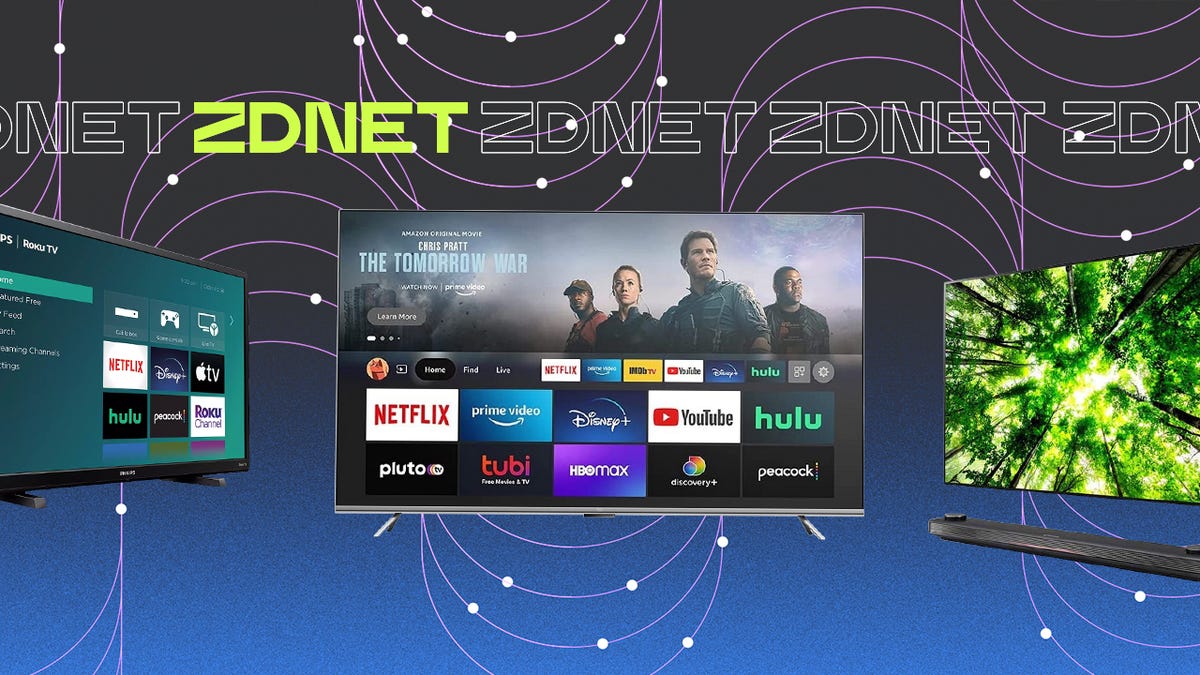BOOK THIS SPACE FOR AD
ARTICLE ADThe USB Promoter Group has announced that USB 4 version 2.0 will support data transfer speeds of up to 80Gbps over the USB Type-C cable and connector. The organisation also said that USB Type-C and USB Power Delivery (USB PD) specifications will also be updated to reach the claimed performance. The USB 4 Version 2.0 will also feature backwards compatibility with the previous USB 4 version. Additional details of the USB 4 Version 2.0 specification are expected to be revealed ahead of the USB Developer Days 2022 event that will take place in November, according to the group.
In a press release, the USB Promoter Group, which is comprised of Apple, HP, Intel, Microsoft, Renesas Electronics, STMicroelectronics, and Texas Instruments, announced that the USB 4 version 2.0 will allow data transfer of speeds up to 80Gbps over the USB Type-C cable and connector. The group said that the USB Type-C and USB PD specifications will also be upgraded to support the higher data transfer speeds.
The USB 4 version 2.0 is based on a new physical layer architecture, which uses the existing 40Gbps USB Type-C passive cables and “newly-defined” USB Type-C active cables, the USB Promoter Group added. The organisation is also working on protocol updates to allow USB 3.2 data tunnelling to exceed speeds of 20Gbps, and to enable better alignment with the latest versions of DisplayPort and PCle data tunnelling.
The USB 4 Version 1.0, USB 3.2, USB 2.0, and ThunderBolt 3 will be compatible with the USB 4 version 2.0. The USB Promoter Group also said that additional specifications of the new version of USB 4 are expected to be shared ahead of the USB Developer Days 2022 event in November. The event will also provide technical training covering the new updates to USB 4, USB Type-C, and USB PD, the group added.
Meanwhile, Joe Balich, a spokesperson for the USB Implementers Forum (USB-IF) told The Verge, that a USB 4 cable, which is rated 40Gbps, would be able to achieve twice its current data transfer speed in the future, once the next version of USB 4 is available.
.png)
 2 years ago
97
2 years ago
97 














 Bengali (Bangladesh) ·
Bengali (Bangladesh) ·  English (United States) ·
English (United States) ·